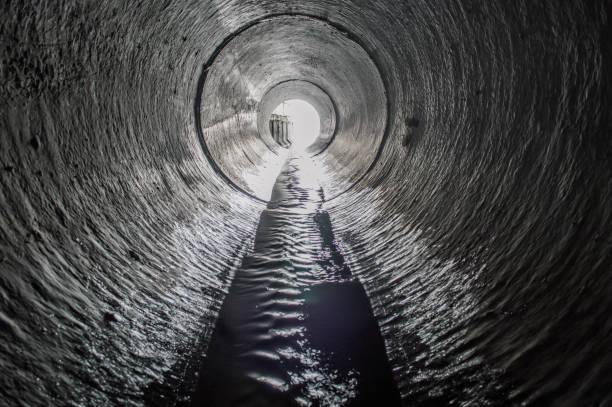
Types of sewers and sewer systems
Types of sewers
1. Sanitary sewer
It carries sanitary sewage i.e. wastewater from municipality including domestic and industrial wastewater.
2. Storm sewer
It carries storm sewage including surface runoff and street wash.
3. Combined sewer
It carries domestic, industrial and storm sewage.
4. House sewer
It is the sewer conveying sewage from plumbing system of a building to common/municipal sewer.
5. Lateral sewer
This sewer carries discharge from house sewers.
6. Submain sewer
This sewer receives discharge from two or more laterals.
7. Main or trunk sewer
It receives discharge from two or more submains.
8. Outfall sewer
It receives discharge from all collecting system and conveys it to point of final disposal.
Types of sewer systems
1. Separate system
If stormwater is carried separately from domestic and industrial wastewater, the system is called separate system. Separate systems are favored when:
There is an immediate need for collection of sanitary sewage but not for stormwater.
When sanitary sewage needs treatment, but the stormwater does not.
2. Combined system
It is the system in which the sewer carries both sanitary and stormwater. Combined system is favored when:
Combined sewage can be disposed off without treatment.
Both sanitary and stormwater need treatment.
Streets are narrow and two separate sewers cannot be laid.
3. Partially combined system
If some portion of storm or surface runoff is allowed to be carried along with sanitary sewage, the system is known as partially combined system.
In urban areas of developing countries, mostly partially combined system is employed.

Recommended Comments